Описание
Введение
Быстрооткрывающаяся крышка для сосудов под давлением представляет собой удерживающую давление конструкцию, предназначенную для обеспечения доступа к резервуарам под давлением и трубопроводам. Наши быстродействующие затворы обеспечивают быстрый и безопасный доступ к сосудам под давлением и трубопроводам. Они могут использоваться в горизонтальном, вертикальном, наклонном или наклонном исполнении и сконструированы в соответствии с международными стандартами проектирования. По запросу клиентов мы предоставляем зажимные, байонетные и кольцевые замки. «Быстродействующие или быстрооткрывающиеся затворы — это те, которые обеспечивают значительно более быстрый доступ к содержимому сосуда под давлением, чем можно было бы ожидать при использовании стандартного болтового фланцевого соединения», — согласно утвержденному проекту ASME VIII Div. 1. Наряду со штампами кода ASME U, требования дополнительных кодов сосудов под давлением, таких как ASME VIII Div. 2 и PD5500 также могут встречаться. Устройство быстрого открывания прошло тщательную заводскую проверку уполномоченным инспектором ASME в соответствии с кодовой маркировкой. Быстрооткрывающаяся крышка часто используется в фильтр-контейнерах, сетчатых фильтрах и сепараторах.
Наше обширное портфолио включает быстрооткрывающиеся крышки для сосудов под давлением, которые рассчитываются, проектируются и изготавливаются в соответствии со спецификациями клиента. Каждая крышка изготавливается в единичном экземпляре или на заказ; От А до Я мы работаем с нашими клиентами, чтобы определить расчет, используемые материалы, проектирование и утверждение. Конечно, мы придерживаемся общих международных и европейских стандартов и законов. В соответствии с установленными критериями и дополнительными спецификациями наши быстрооткрывающиеся затворы оснащены всеми необходимыми предохранительными устройствами. С помощью этих гаджетов крышку невозможно открыть принудительно.
Типы быстрооткрывающихся затворов
Существует несколько типов быстрооткрывающихся крышек, каждый из которых имеет свои уникальные особенности и преимущества. Наиболее часто используемые застежки включают стопорное кольцо, резьбу и зажим.
Закрытие стопорного кольца
Затворы со стопорными кольцами обычно используются для сосудов под давлением и трубопроводов большего диаметра. Они обеспечивают легкий доступ и надежную герметизацию за счет фиксации на месте шарнирного кольца, которое надежно удерживает закрывающуюся дверцу.
Плюсы: Затворы со стопорным кольцом прочные, безопасные и выдерживают высокое давление и большие диаметры. Как правило, они просты в эксплуатации даже в условиях тяжелых нагрузок.
Минусы: Эти затворы могут быть дороже из-за их прочной конструкции. Кроме того, им может потребоваться больше места для работы, что может быть недостатком в ограниченном пространстве.
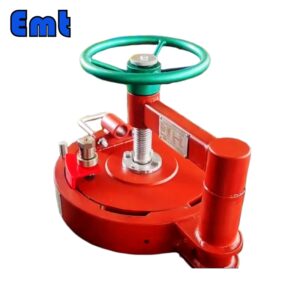
Резьбовые затворы
Резьбовые затворы представляют собой дверцу с резьбой, которая привинчивается к сосуду под давлением. Обычно они используются для сосудов меньшего диаметра, где давление относительно низкое.
Плюсы: Резьбовые затворы просты, экономичны и просты в эксплуатации. Обычно для их открытия или закрытия не требуются какие-либо специальные инструменты.
Минусы: Основным недостатком является то, что их открытие и закрытие может занять много времени, особенно в случае больших диаметров. Кроме того, резьба со временем может изнашиваться, что требует обслуживания или замены.
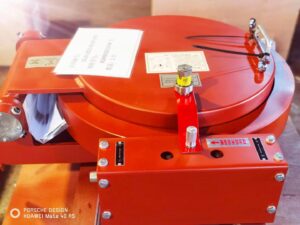
Зажимные затворы
Зажимные затворы используют зажимной механизм, удерживающий дверь на месте. Они часто используются в сосудах под давлением среднего размера, обеспечивая хороший баланс между простотой использования и надежной герметизацией.
Плюсы: Зажимные затворы обычно обеспечивают более быстрое открытие и закрытие, чем резьбовые затворы. Они также менее подвержены износу по сравнению с резьбовыми затворами.
Минусы: Хотя застежки-зажимы открываются и закрываются быстрее, чем резьбовые, они обычно открываются и закрываются медленнее, чем затворы со стопорным кольцом. Они также могут быть неподходящими для очень высокого давления или больших диаметров.
Выбор правильного типа
Выбор правильного быстрооткрывающегося затвора зависит от нескольких факторов. Размер и давление сосуда высокого давления имеют решающее значение. Для более крупных сосудов с высоким давлением лучшим вариантом может быть запорное кольцо. Для небольших сосудов с более низким давлением резьбовое затвор может быть экономически эффективным выбором. Зажимные затворы могут быть идеальными для судов среднего размера, где требуется баланс скорости, безопасности и стоимости.
Эксплуатационные соображения также важны. Если быстрый доступ является приоритетом, предпочтительнее использовать стопорное кольцо или зажим. Если стоимость является ключевым фактором, лучшим выбором могут быть резьбовые затворы. Доступное пространство для управления затвором также может повлиять на решение.
Lastly, compliance with design codes and standards is essential. All closures should meet relevant international design codes, and where necessary, should carry appropriate certification such as ASME U code stamping, or EN 10204 3.1 & EN 10204 3.2.
В заключение следует сказать, что не существует универсального решения, подходящего для всех, когда речь идет о быстро открывающихся затворах. Лучший выбор будет зависеть от конкретных требований и ограничений приложения.
Соображения безопасности для быстрооткрывающихся затворов сосудов под давлением
Как и в случае с любым эксплуатационным оборудованием, безопасность имеет первостепенное значение, когда речь идет об использовании быстрооткрывающихся затворов. Эти устройства оснащены несколькими функциями безопасности и требуют соблюдения определенных мер предосторожности и отраслевых стандартов для обеспечения безопасной эксплуатации.
Функции безопасности
Быстрооткрывающиеся затворы часто включают в себя встроенные механизмы безопасности. Общей особенностью является устройство предупреждения о давлении, которое предупреждает операторов о любом остаточном давлении внутри резервуара. Это гарантирует, что оператор не попытается случайно открыть затвор до того, как будет сброшено все давление, что предотвращает возможные несчастные случаи.
Механическая блокировка — еще одна важная функция безопасности во многих быстрооткрывающихся затворах. Этот механизм гарантирует, что затвор надежно останется на месте во время работы, предотвращая случайное открытие под давлением.
Меры предосторожности при использовании быстрооткрывающихся затворов
Операторы всегда должны убедиться, что все давление полностью сброшено, прежде чем пытаться открыть затвор. В этом случае ценным инструментом является устройство предупреждения о давлении, но операторов также следует обучить тому, как подтверждать сброс давления другими способами.
Правильное обслуживание затвора также имеет решающее значение. Регулярный осмотр и своевременная замена изношенных или поврежденных компонентов позволяют предотвратить выход затвора из строя в процессе эксплуатации.
Наконец, операторы должны быть хорошо обучены правильной процедуре открытия и закрытия устройства. Это включает в себя понимание того, как использовать любые необходимые инструменты и как убедиться, что крышка была правильно запечатана после закрытия.
Соответствие отраслевым стандартам и правилам
Быстрооткрывающиеся затворы должны соответствовать требованиям соответствующих норм промышленного проектирования, таких как ASME VIII Div. 1, ASME VIII, раздел. 2 и ПД5500. Соответствие этим стандартам подтверждает, что затвор спроектирован и изготовлен так, чтобы выдерживать давление, с которым оно может столкнуться во время работы.
Многие быстрооткрывающиеся затворы также имеют штамп кода ASME U. Этот штамп подтверждает, что затвор прошел строгую производственную проверку уполномоченным инспектором ASME, что дополнительно подтверждает его безопасность.
Заключение
Наше обширное портфолио включает быстрооткрывающиеся крышки для сосудов под давлением, которые рассчитываются, проектируются и изготавливаются в соответствии со спецификациями клиента.
Каждая крышка изготавливается в единичном экземпляре или на заказ; От А до Я мы работаем с нашими клиентами, чтобы определить расчет, используемые материалы, проектирование и утверждение. Конечно, мы придерживаемся общих международных и европейских стандартов и законов.
В соответствии с установленными критериями и дополнительными спецификациями наши быстрооткрывающиеся затворы оснащены всеми необходимыми предохранительными устройствами. С помощью этих гаджетов крышку невозможно открыть принудительно.
However, the selection of closure is not simply based on the vessel’s physical characteristics. Cost, accessibility speed, operational concerns, and space restrictions are all crucial aspects of decision-making. Additionally, the reliability and safety of the closure are ensured by adherence to international design codes and certifications, such as ASME U code stamping or EN 10204 3.1 & EN 10204 3.2.
Безопасность, которая имеет первостепенное значение в этих процессах, обеспечивается с помощью встроенных механизмов безопасности, таких как механические системы блокировки и устройства предупреждения о давлении. Эти характеристики повышают общую безопасность быстрооткрывающихся затворов, а также обеспечивают необходимые меры безопасности, регулярное техническое обслуживание и соответствующее обучение операторов.

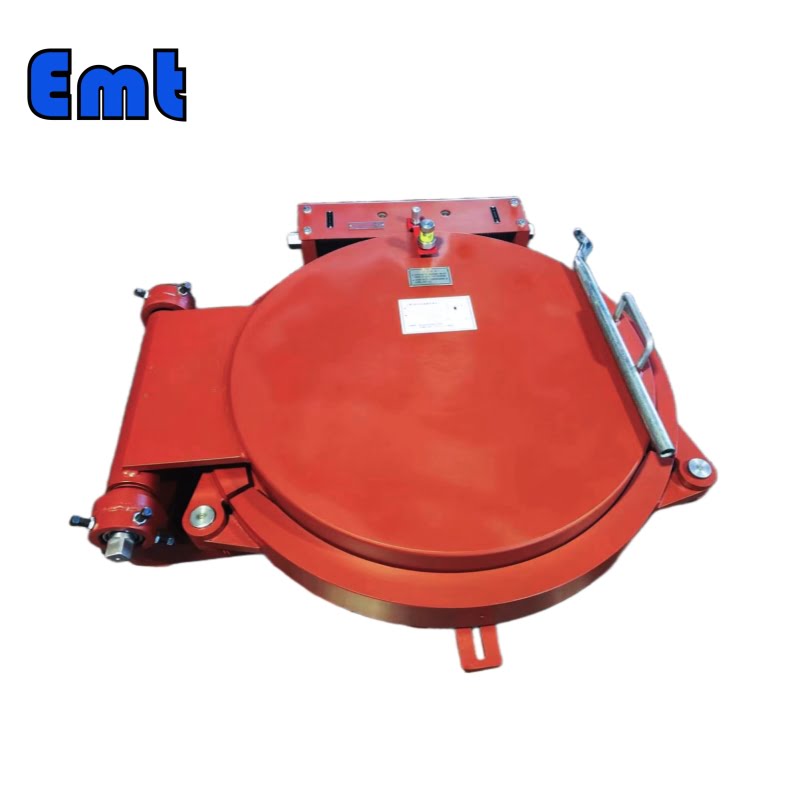
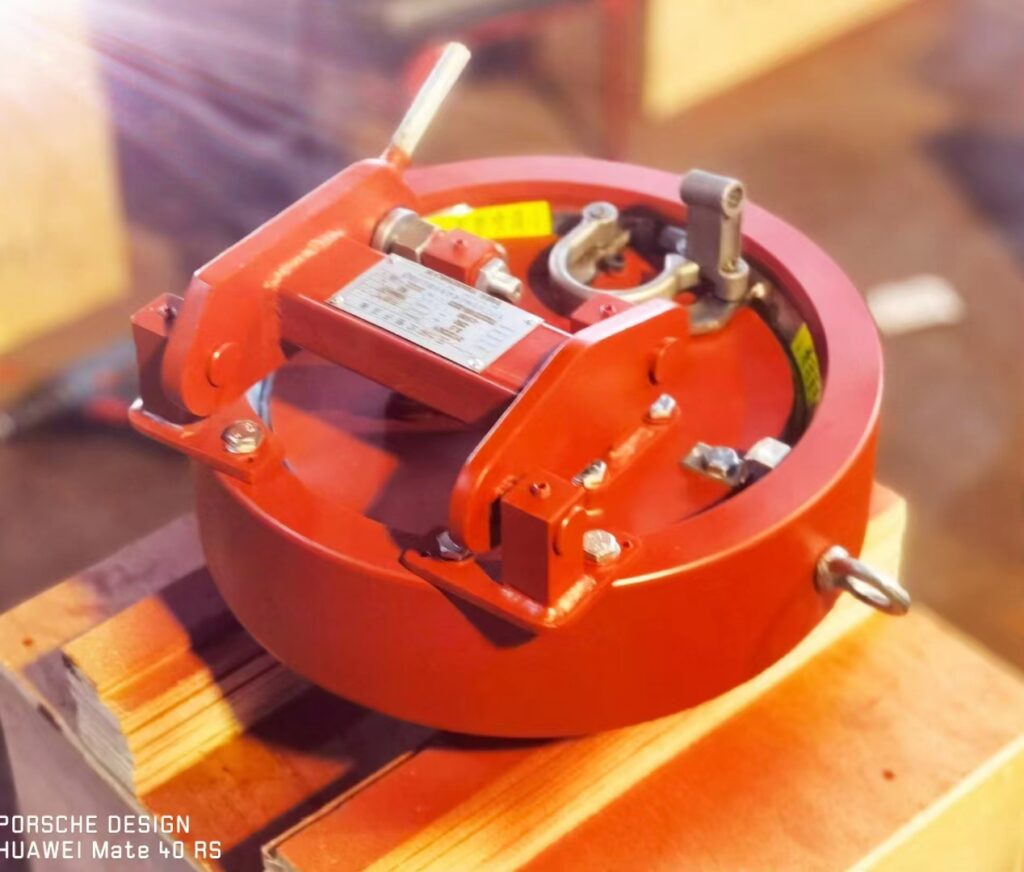
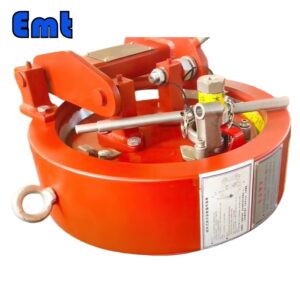
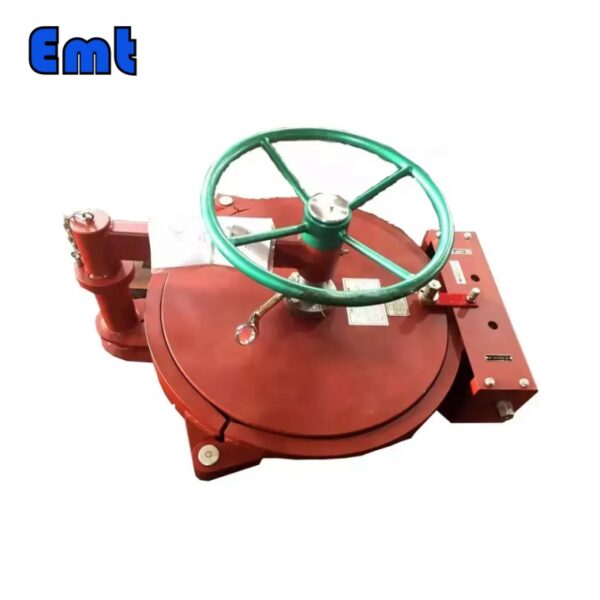
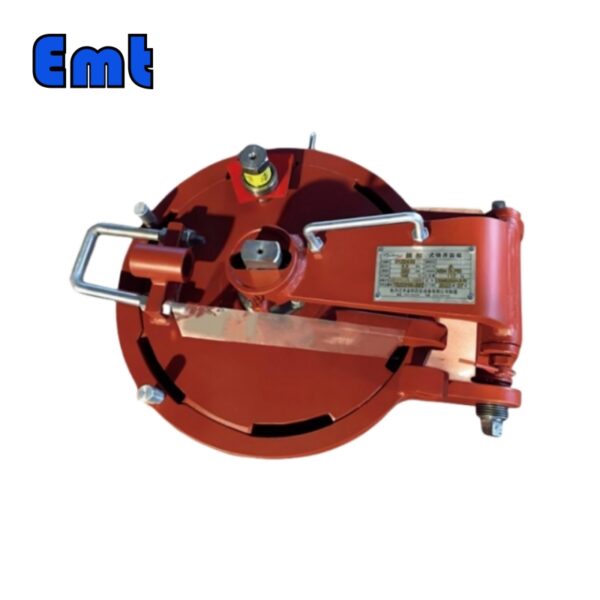
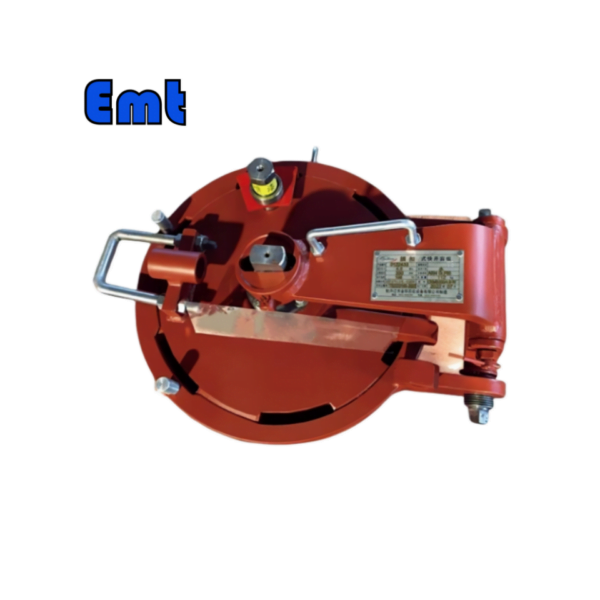
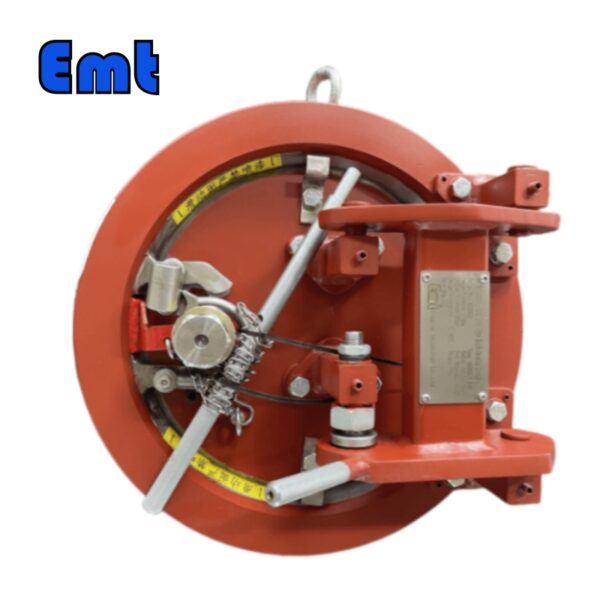
Отзывы
Пока нет отзывов.